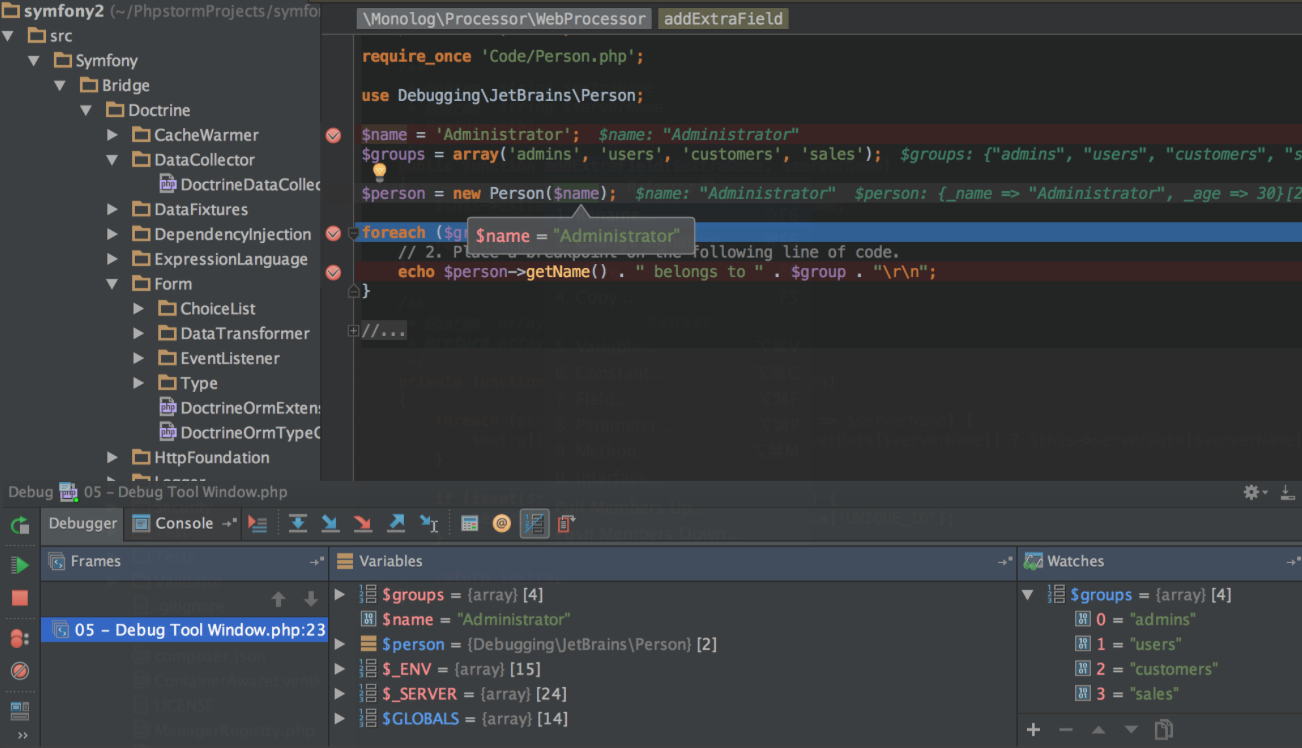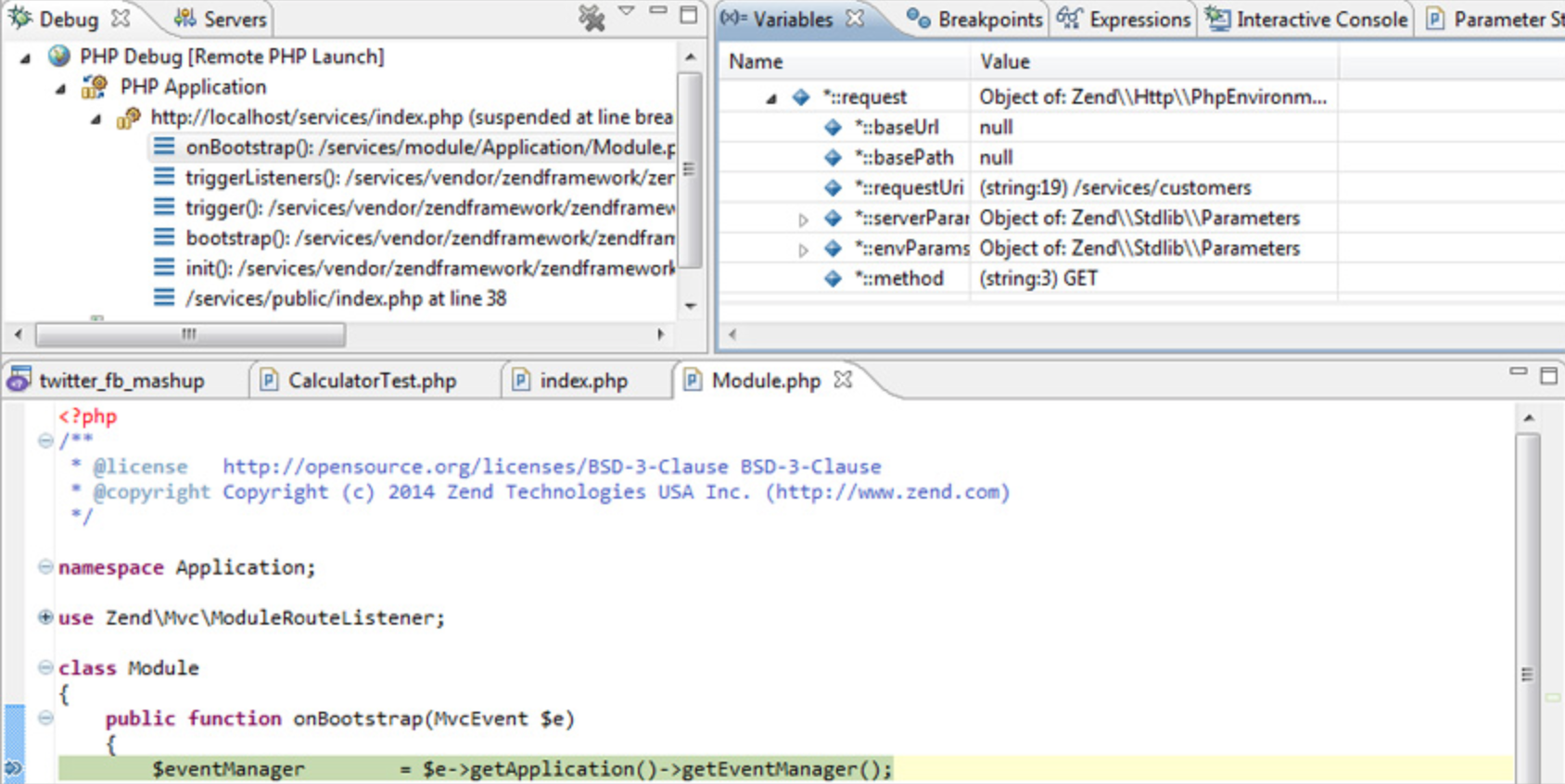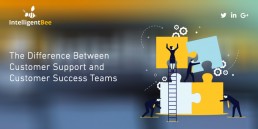7 PHP IDEs for 2018 Software Development
As we mentioned in our previous article, PHP remains a crucial programming language in 2018 as a result of its flexibility in building Saas and Paas solutions from scratch. And since the only way you can continue to be competitive and productive as a developer is to write effective code, we consider useful to gather the best IDEs that will streamline your PHP development process.
PHPStorm
With this IDE, PHP developers can build complex web apps faster, whether they are working with Symfony, Drupal, Wordpress, ZendFramework, Laravel, Magento, Joomla!, CakePHP or Yii. PHPStorm allows command execution between the host and remote servers through its built-in terminal. This IDE remains a popular one because it can deeply understand code structure and has the best code compilation, refactorings, on-the-fly error prevention and more. PhpStorm it’s available on Microsoft Windows, Mac OS X, and Linux.
Among the features that make PhpStorm the best IDE for PHP are also included:
- Code quality analysis
- Syntax and error highlight
- Rich and Live editing for all Front-end Technologies
- Essential and powerful built-in tools for debugging, testing and profiling
- Easy-code navigation & search
- Code re-arranger
This year, PhpStorm announced some updates regarding:
- PHP Language: inline function/method refactoring, code refactoring to functional style, configurable unchecked exceptions or hierarchy checks for class aliases
- Testing: creating classroom test, better code coverage and gutter icons for running tests
- HTTP client: assertion support and a first start simplified

Netbeans
PHP developers continue to use Netbeans in 2018 because is an open source IDE and has a modular design so it can be extended by third-party developers. Moreover, it’s lightweight and much faster than other similar tools in building large-scale multi-language websites and has useful features like:
- Smart code compilation
- Support for embedded applications
- Built-in debugger
- Code templates and code generation tools, such as “getter and setter” generation, refactoring, parameter tooltips, hints and quick fixes
- Inbuilt database connection
NetBeans runs on Microsoft Windows, Mac OS X, Linux and Solaris and supports other languages besides PHP such as Java ME & SE, Javascript, HTML5, C/C++, XML or Groovy.
Aptana Studio
Aptana is an open source HTML editor with full PHP support for creating savvy web apps and advanced features like code assistant, integrated debugger, built-in PHP Server, Auto Indexing and Code Formatting or syntax error annotations. A differentiating feature of Aptana is that it also allows multiple protocols including FTP, SFFP, FTPS and Capistrano. Additionally, Aptana offers support for DOM & CSS besides PHP.

Eclipse
Eclipse is widely known thanks to its flexibility and for their Java IDE, C/C++, Javascript, and PHP IDEs built on extensible platforms in order to create desktop, web and cloud apps. Among the numerous supported languages, we mention Java, Javascript, C, C++, Rub, Ruby on Rails, Python, Rust, Scala, Groovy, and Php. Its features also include automatic error reporting, support for git-flow, GUI and NonGUI based applications as well as multi-platform support with lots of plugins.
Komodo
Created by ActiveState, Komodo IDE became popular as a result of its many extensions and pipe features like code profiling, built-in code collaboration or the HTTP inspector which lets you inspect HTTP traffic from the IDE to the Websites. With Komodo, developers can easily find documentation on common PHP functions by selecting them and invoking the documentation tool.
Top companies such as Siemens, Tesco, Nasa, Bank of America or Alcatel-Lucent use Komodo IDE.
ZendStudio
ZendStudio has an intelligent user-interface and all the current features for successful PHP development. Mainly, it can debug web applications, CLI applications and supports PHP Unit test.
With ZendStudio developers can also perform static code analysis using a rich set of rules for finding issues in their code as they type it. The team can write code faster, easily debug projects and can use PHP7 or other advanced interpreters. Moreover, it offers support for CMS like Wordpress and Joomla, for indexing and searching PHP Code and for Cloud Servers like Azure and AWS.

NuSphere
Nusphere PhpED is a balanced combination of an advanced code editor, reliable debugger, and productive database connectivity. That makes it a suitable and complete solution for PHP development. NuSphere key features include code insights for PHP, conditional breakpoints, ability to change current execution line, embedded SSH client or the ability to profile code in terms of performance and memory consumption.
Final Thoughts
It’s important to choose the right IDE in order to produce and maintain high-quality code. And since PHP remains a reference point as a back-end programming language, I hope you find this list of IDEs helpful in writing your PHP code, whether you are a beginner or a professional user.
The Difference Between Customer Support And Customer Success Teams
When we talk about your business product or service, there is no doubt that both support and success teams are considered as essential assets for the entire customer lifecycle. Since customer support and customer success are often intertwined, we think that is critical to define and understand their differences and roles, especially when your company’s output is based on a certain tech infrastructure.
Customer support – A necessary way to be there for your customers.
Dedicated support teams pursue to ensure customer satisfaction through ongoing technical support for a certain product or service. These kinds of teams solve customer’s challenges, questions and concerns regarding individual issues and provide technical guidance. For a better understanding, we should define a couple of specific traits.
Removes obstacles
Regardless of the customer support channel – email, chat or call – the team in charge solves their problems as soon as customers submit a ticket or send an email, not before. Thus, the role of customer support is to meet their needs in a reactive manner, meaning that whenever an issue emerges they take care of it. In this way, a support team removes any kind of obstacles when it emerges in customer’s direct interaction path by providing necessary resources such as documentation or self-service portals.
Focuses on cost
The number of favorable customer experiences is inversely proportional to financial losses. In other words, based on Nicereply point of view, if a support team provide efficient solutions for customer’s problems, the churn rate, which means here the annual percentage at which customers stop subscribing to a service, will be reduced. However, support teams aren’t strictly a centered-cost department, as originally built, they can also impact revenue by advising on common reasons for churn or identify upsell and cross self-opportunities in their conversations with your business customers.
Has short-term objectives
According to Hubspot, support interactions are transactional which means when a customer submits a certain issue or question, those are solved by a support assistant – and may have in view immediate technical or usage issues. After all, the main purpose of support teams is to solve specific issues as quickly as possible in order to drive customer satisfaction, which is the main baseline for success teams.
Customer success – The next step in scaling customer experience.
From Gainsight perspective, customer success manages company-customer interactions and aligns client and vendor goals for mutually beneficial outcomes. Success teams influence revenue through their proactive actions in order to accomplish long-term objectives, but we will talk about all of these attributes below:
Uses proactive strategies
The main objective of a success team consists in initiating conversations with your customers before they contact you. Therefore, they have to be proactive, meet their needs, anticipate them and identify opportunities to solve problems that they are not yet confronted with, but they might be. Identifying these solutions in advance must be based on the company’s long-term objectives. Their job is to make sure that customers understand the full potential and value they can achieve from your product/service. In other words, success teams ensure insights-access for users regarding the most efficient way to use your solution and adopt it on a long-term.
Focuses on revenue
In this context, when we talk about scaling your business, customer success teams play their main role. They focus less on technical issues and more on the aspects that are directly related to business development. So they drive expansion via churn-reduction as in decreasing the number of unsubscribed customers and up-selling, cross-selling, referrals techniques in order to promote your business solutions.
Customer Success provides a whole mechanism not only for uncovering upsell and cross-sell opportunities but also for gaining advantage from them. Besides that, it’s the most desirable way to initiate reduction, helping subscription growth for a certain product or service.
Has long-term objectives
Success team’s interactions don’t have an end-point. As we mentioned earlier, they look at the entire customer’s process lifecycle in order to solve universal adoption issues and other common narrows that prevent users from achieving their goals. Moreover, as Gainsight believes, ensuring customer success brings about a significant positive impact on businesses as they focused on increasing retention, repeated purchases or lifetime value.
Different roles, same team
To conclude, support and success teams provide services for customers and help them generate value for your company. Both of them focus on successfully integrate the product or service in your users’ lifecycle with each aid, improving retention, boosting value, and increasing advocacy. The best businesses succeed in bringing support and success together, leveraging their differences to consolidate this entire process of removing obstacles that prevent your business customers from achieving their goals.

